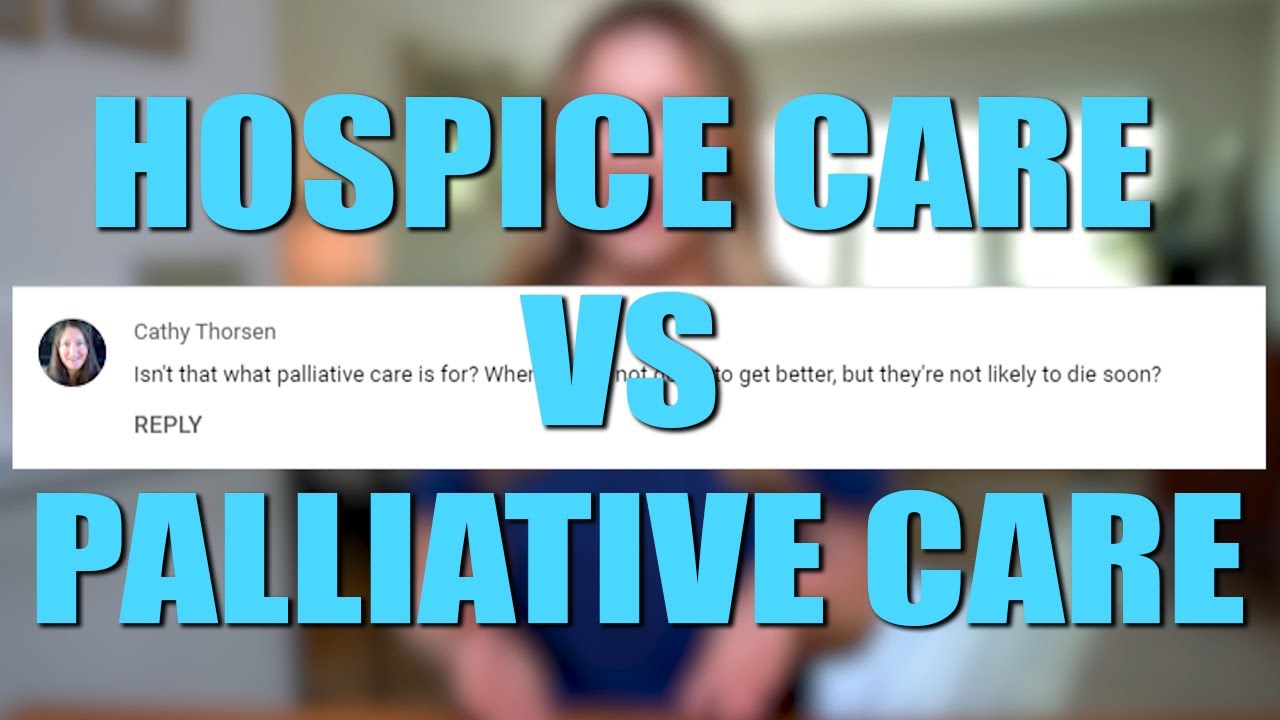Pediatric Palliative Care | The Gift of Life
Summary
TLDRThis video highlights the personal and professional impact of pediatric palliative care. It follows individuals who navigate serious illness, including a young boy named Leo, showing how palliative care teams help children and their families maximize quality of life, regardless of the time they have left. Through heartfelt stories, the video emphasizes the importance of support from doctors, nurses, chaplains, and Child Life Specialists in helping families cope. The goal is to expand these services beyond the hospital, demonstrating the critical role philanthropy plays in ensuring more families can receive this compassionate care.
Takeaways
- 😀 Early diagnosis of rare blood disorder led to the need for a bone marrow transplant.
- 😀 The speaker felt overlooked and struggled to express their thoughts and concerns about their health.
- 😀 Craft projects helped foster a connection between the speaker and Nate, giving them a way to bond and communicate.
- 😀 Pediatric palliative care emphasizes a holistic approach involving doctors, nurses, chaplains, and Child Life Specialists.
- 😀 The goal of pediatric palliative care is to maximize the good days and address challenges on bad days, focusing on quality of life.
- 😀 Palliative care can support children and families from the point of diagnosis, continuing throughout their journey.
- 😀 Leo, born with terminal health issues, defied expectations by breathing on his own, allowing for more time together.
- 😀 The team worked closely with the speaker to explain and understand possible outcomes, providing much-needed support.
- 😀 Pediatric palliative care is not just about managing illness, but enhancing the child’s and family's quality of life.
- 😀 Nearly 3,000 families have been served, but there is still a significant need for expanded services to reach more families.
- 😀 Philanthropic support is essential for expanding pediatric palliative care services outside the hospital and into communities.
Q & A
What blood disorder was the speaker diagnosed with in college?
-The speaker was diagnosed with a rare blood disorder, and the only potential cure mentioned was a bone marrow transplant.
How did the speaker feel about their voice and ability to express themselves during their illness?
-The speaker felt overlooked and struggled to articulate their thoughts, particularly when they wanted to ask questions about their condition.
How did the speaker bond with Nate during their treatment?
-The speaker and Nate bonded through working on craft projects, allowing them to engage in meaningful activities while having big conversations about the future.
What role did pediatric palliative care play in the speaker's journey?
-Pediatric palliative care provided holistic support for the speaker and their family, focusing on quality of life rather than just the disease itself. The care team, including doctors, nurses, chaplains, and specialists, helped guide the speaker through difficult decisions.
What is the focus of pediatric palliative care teams?
-The focus of pediatric palliative care teams is to maximize the good days, address the challenges on bad days, and celebrate the life of the child, regardless of how long they may have left.
What was the situation surrounding Leo's diagnosis and the decision to bring him home?
-Leo was diagnosed with a terminal condition and, initially, the decision was made to let him go. However, Leo defied expectations by breathing on his own, which led to discussions about bringing him home with the help of the palliative care team.
How did the palliative care team support the family during Leo's illness?
-The palliative care team provided vital support by helping the family understand the potential outcomes, what might be possible, and guiding them through the emotional and practical aspects of caring for Leo at home.
What did the speaker learn about pediatric palliative care through their experience?
-The speaker learned that pediatric palliative care, which they initially didn't consider for a child, can be life-affirming and is delivered by compassionate professionals who truly make a difference in difficult times.
What is the main goal of pediatric palliative care teams, as described in the transcript?
-The main goal is to ensure that children and their families can have the best possible days, regardless of the challenges they face, by providing supportive care focused on comfort and quality of life.
How many families has the pediatric palliative care team served, and what is their hope for the future?
-The pediatric palliative care team has served nearly 3,000 families. Their hope is to expand their reach beyond the hospital and offer their services in other settings where families spend their time.
Outlines

This section is available to paid users only. Please upgrade to access this part.
Upgrade NowMindmap

This section is available to paid users only. Please upgrade to access this part.
Upgrade NowKeywords

This section is available to paid users only. Please upgrade to access this part.
Upgrade NowHighlights

This section is available to paid users only. Please upgrade to access this part.
Upgrade NowTranscripts

This section is available to paid users only. Please upgrade to access this part.
Upgrade NowBrowse More Related Video

What we can do to die well | Timothy Ihrig

Greg Chatfield’s Story: an Indigenous Palliative Care Journey

WNSW PHN - Communication in Palliative Care

Hospice, Palliative Care and End of Life Dignity | Laura Hoeksema, MD

Cuidado paliativo não é abandono do paciente | Daniel Forte

Differences between Hospice Care vs Palliative Care
5.0 / 5 (0 votes)